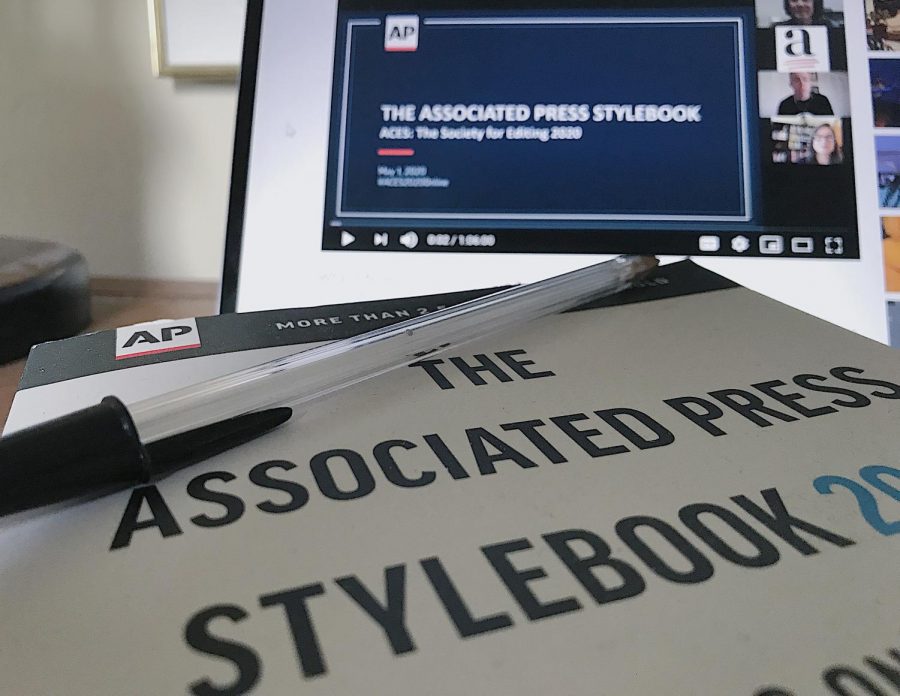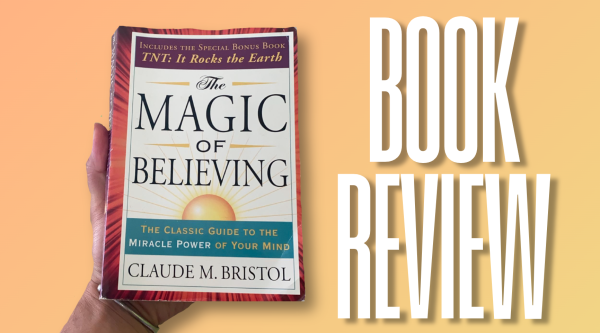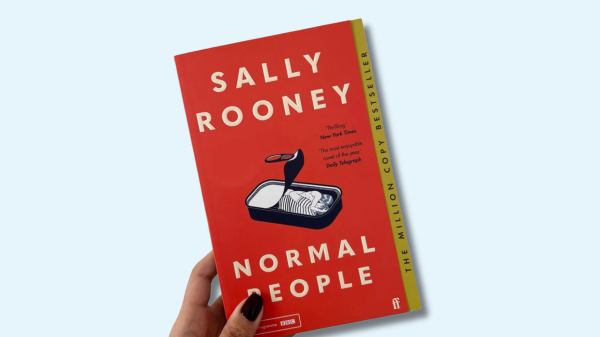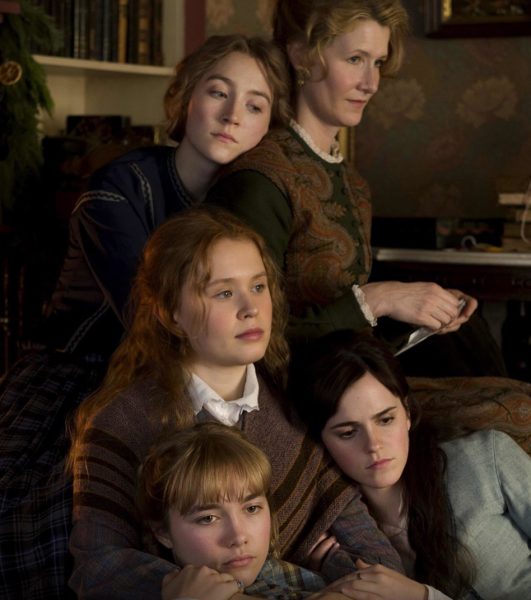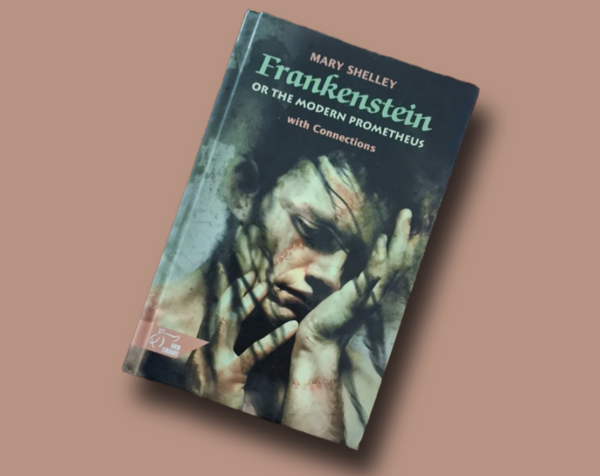How to Write a Stylebook in 2020
Well, first, you prioritize its online presence. Last Friday, May 1, the American Copy Editors Society (ACES) hosted its annual conference via webcast due to the coronavirus. While for some this might have been disappointing, for college and recently-graduated copy editors this was a dream come true: Finally, we could witness the “What’s New in the AP Stylebook” session, where the Associated Press (AP) rolls out its yearly style updates, and not feel left out. What I was left with last weekend was a subversion of what I felt last November and a realization that I kind of like change, especially when it relies on a heavy discussion of language usage.
The most noteworthy AP update is that, starting with this year’s physical copy, the stylebook will only be printing every other year. Not only is this more sustainable, but it makes sense money-wise, since most people prefer to purchase the stylebook’s online version, according to Colleen Newvine, product manager for the AP Stylebook, in a statement to ACES.
The online subscription of the AP Stylebook is easy to use, and its most attractive feature may be its “Ask the Editor” option, where consumers can ask style editors about topics that aren’t specifically listed in the hard-copy version. Through the internet, the guide becomes a dialogue rather than just a reference book; with the web comes a new medium for language to thrive in.
Those who aren’t subscribed to AP Stylebook Online may still follow its Twitter page and engage in its frequent “#APStyleChat” sessions, which offer Twitter users a chance to ask their style-related questions. More often than not, these chats have themes, whether it’s about a holiday season or the coronavirus.
The AP Stylebook’s lead editor, Paula Froke, said Friday that these recent topical focuses are due to an increased interest in different types of news coverage we’ve seen in the past few years. With movements like #MeToo and Black Lives Matter, style guides need to be conscious and aware of what to say in articles regarding them. Said movements are also heavily linked to social media, which are fast-paced and reflect the need for a stylebook ready to evolve when it needs to.
Using inclusive language in one’s writing continues to grow in popularity or even contention, especially when it comes to the “singular they.” The AP has been working toward inclusivity for a while now, having formally approved the “singular they” three years ago. One of the most important topics of inclusion regards gender and gendered terms, and, especially in our current cultural context, these must be taken with great consideration when composing rules on a style sheet.
The AP continues to reduce its gendered language, advising not to use “congressman,” “chairman,” “policeman” and the like, as well as simply using masculine nouns like “host” for all genders. The stylebook may be more inclusive — or rather, may focus less on gender — than other media organizations.
While publications like The New York Times and The Wall Street Journal still instruct that writers refer to individuals with the gendered honorific titles of “Mr.,” “Ms.,” etc., resources like the Conscious Style Guide show the errors of using such modifiers. Steve Bien-Aimé wrote for the site in March 2019 that honorifics can imply that one’s gender holds more importance over any one of their other traits. Because of this, even the use of a gender-nonspecific title like “Mx.” can have nonideal implications.
The AP was already on the right track for not fogging up articles with “Mr. so-and-so,” but aside from sounding wordy or uncomfortably formal, it avoids this whole issue altogether.
As these inclusion-terminology decisions are not taken lightly, the AP’s style editors don’t only take into account what their Twitter followers suggest. Another one of their announcements this year was a formal switch from saying “senior citizen” or “elderly” to “older adult(s).” While Froke admitted that this could sound vague if not given enough context, she said they made this decision with the American Geriatrics Society and determined that it was better not to have a negative connotation against older populations.
I may not agree with every stance of the AP Stylebook — I am one of the few editors who hates the word “preheat” — but one personal opinion doesn’t matter here. Even Froke said that she disagrees with some AP style rulings during the session. The stylebook’s goal of guiding journalists to writing the most easily consumed pieces is usually met through its choices. A well-formed style guide makes for a well-formed article, makes for a well-formed reader, makes for a well-formed society, and the cycle goes on. The way a society functions is part of what fuels a style editor’s choices, and the AP’s engagement with its community — Twitter and beyond — creates a sense of wonder for where language usage is headed.
Copy Chief for Volume 101.



































































































































































































